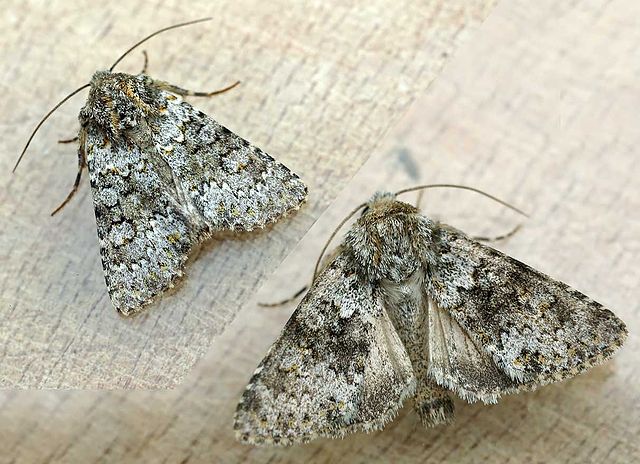When I think of a flourishing and healthy habitat, green trees and acres of vegetation come to mind. Although healthy, prospering land is an important part of most plant and animal lifecycles, it may not always be the best. In Britain brownfield sites are coming into focus as significant reservoirs of biodiversity for a variety of ground plant species and invertebrates. The federal government defines brownfield as “abandoned, idled or underused industrial and commercial properties where expansion or redevelopment is complicated by real or perceived environmental contamination.” This may make you think of unclean wasteland but in reality, many brownfield sites have had little environmental damage from previous construction.
Brownfield sites are rich in bare ground, which can serve as a framework for hardy, slow-growth plants. The hard, compact soil is perfect for the development of diverse, complex plants. These plants — which include willowherb, prickly lettuce and dandelions — are able to grow at a slower pace and mature without the interruption of fast-growing plants that would otherwise dominate nutrient-rich soil. Low nutrient soil provides opportunities for a variety of other plants to grow, increasing plant diversity. In turn, this creates habitat for many invertebrates that have complex life cycles and need more time to mature. The exposed ground also heats under sunlight and becomes a microclimate for insects like moths and beetles that cannot normally survive in a humid and damp environment.
One moth in particular — the small ranunculus, which was last seen in Europe before World War II — was recently spotted in brownfield sites in England and Wales. The UK wildlife charity Butterfly Conservation noted that the moth’s larvae find food in plants that thrive in low-nutrient soil of abandoned industrial sites. Other moth species, like the four-spotted, wormwood, bright wave and elephant hawk moths, can also be found in brownfields across Europe. These seemingly useless lands are not just providing habitat for these invertebrates, but are also attracting other species that depend on them, jump-starting a new ecosystem.
The problem is that, thanks to their aesthetic shortcomings, most government officials do not recognize these lands as beneficial to wildlife or the environment. Because of this, they have done little to reverse the trend of “greenwashing” — turning these abandoned industrial sites into green spaces by replacing low-grade soil with rich topsoil. This practice can be devastating to the rich wildlife that find homes in this unexpected goldmine of fertile land.
It is important to bring attention to this susceptible land to show that individual species can prosper in a variety of habitats. These UK findings will hopefully draw attention to the environmental potential of brownfield sites in the United States and all over the world. If the trend of converting brownfield sites continues, there is no way of knowing what threatened species could go down with them.

